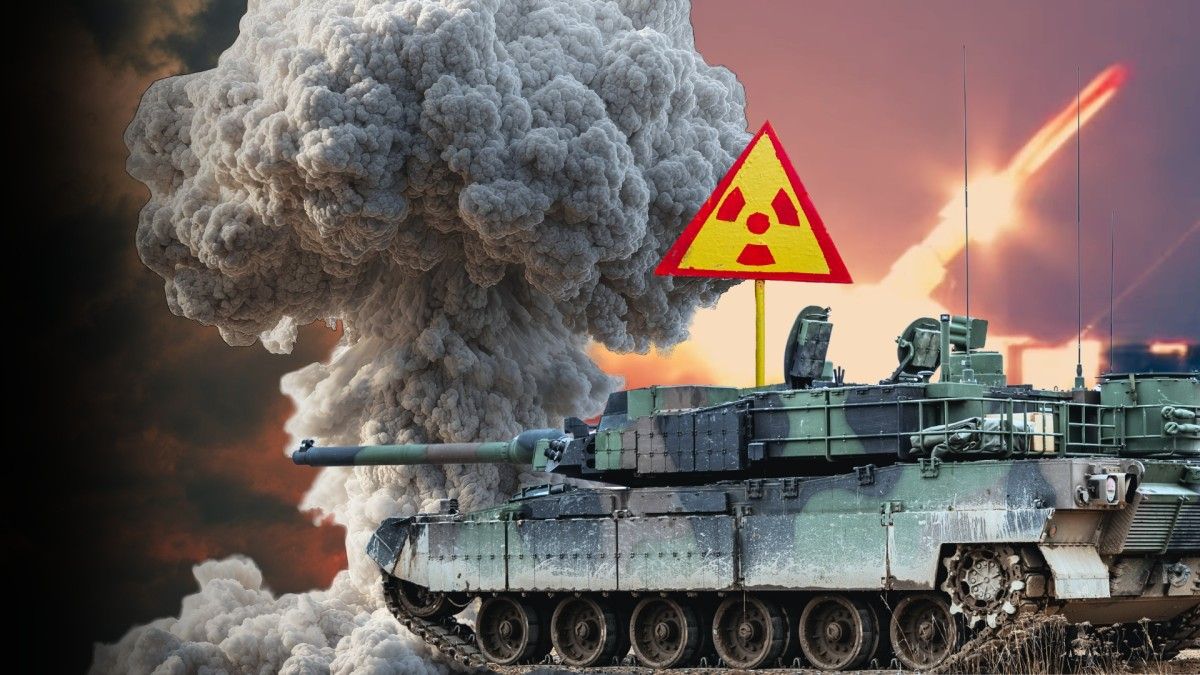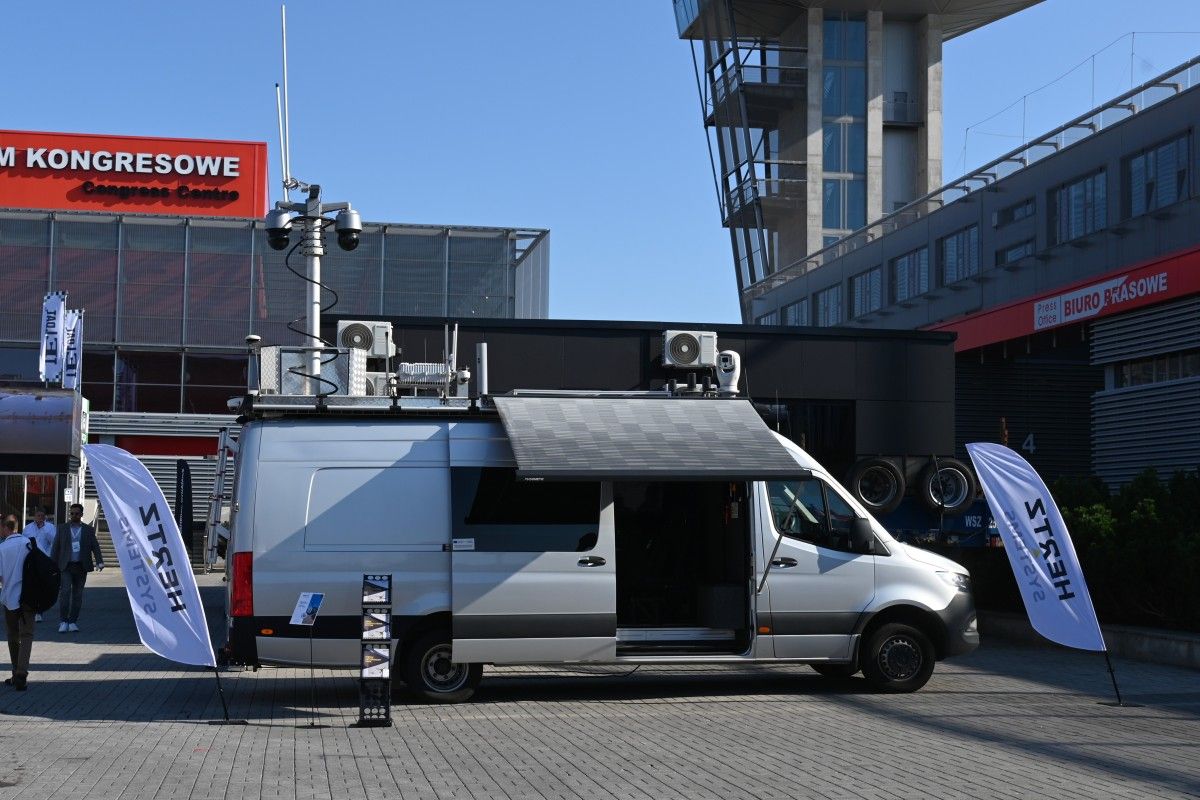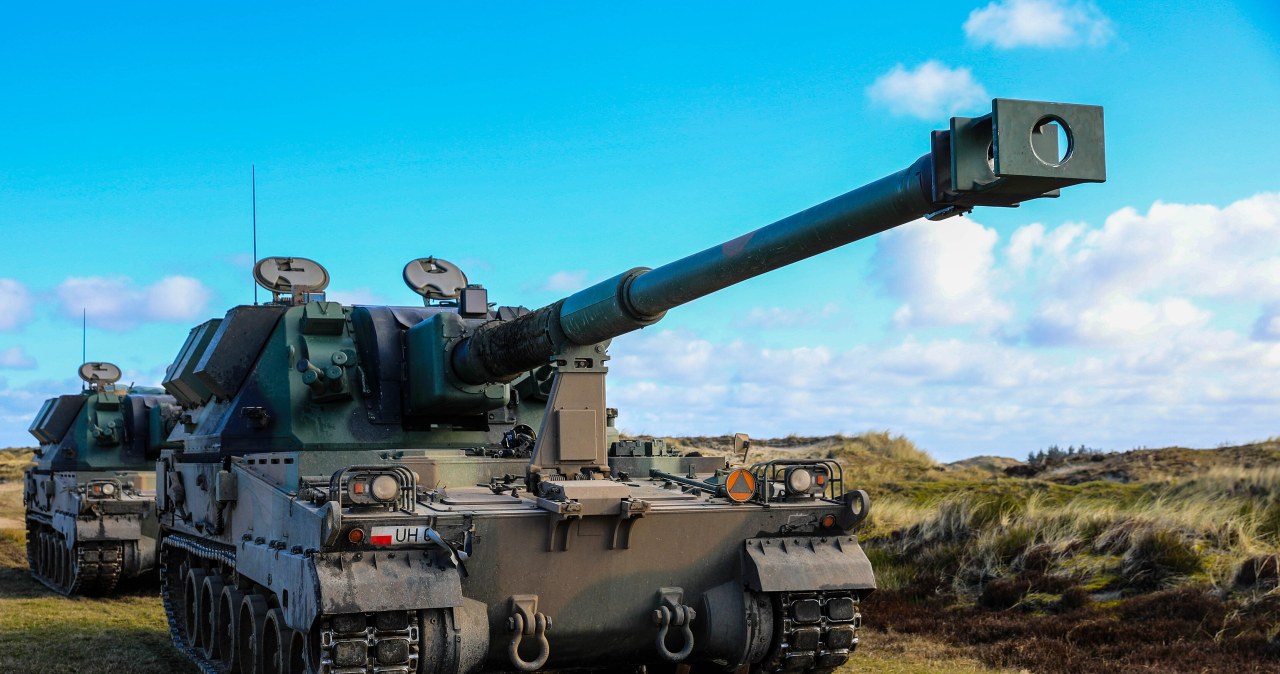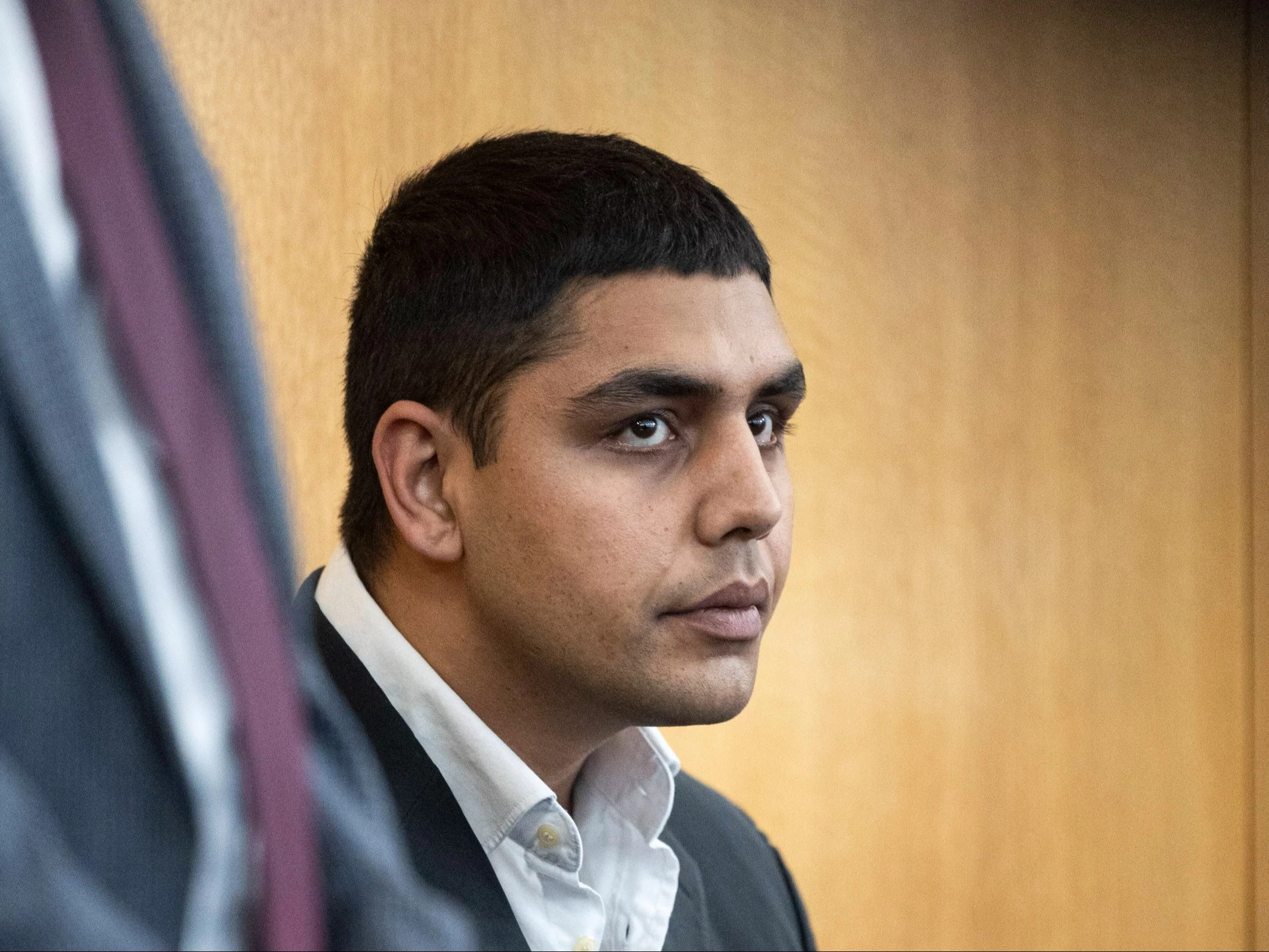One of our most crucial tasks in areas affected by the flood is to bring hope to people, to prove to them that they are not alone with their misfortunes, that they have individual to number on – says General Bryg.
On 23 September, Deputy Prime Minister and Minister of National Defence Władysław Kosiniak-Kamysz announced the launch of Operation Fenix in flood areas. You've been appointed her commander. What are the objectives of the Fenix?
Brig-Gen Krzysztof Stańczyk: The main objectives of the operation, involving the full Armed Forces of the Republic of Poland, are to mitigate the effects of floods, reduce the hazard of re-emergence of local submergence and accelerate the reconstruction of natural disaster areas, namely the reconstruction of road, bridge and railway infrastructure. However, this is simply a large simplification. What we do can be described as an action within 5 effort lines: safety, health, mobility, logistics, training. I would add 1 more – hope.
Hope?
I believe that 1 of our most crucial tasks in the areas affected by the flood is to bring hope to people, to prove to them that they are not alone with their misfortune, that they have individual to number on. What we do is we show that the military is focused not only on defending borders and global security, but on the people of our country in hard times for them.
Let us make what lies behind your lines of effort. Let's start with safety.
Apart from the apparent area, i.e. supporting police in surveillance of property in flood areas, we include everything we do in terms of surveillance, safety and strengthening of flood infrastructure, including ad hoc repair of damaged shafts. This is absolutely crucial because, although the water level in the rivers is falling, in many places the shafts are “weary”, which is very prone to break and soak.
The next 1 on the exercise list is health.
This is simply a very wide area of our effort, because, in fact, everything we do has a direct impact on the wellness of the inhabitants. Someone's going to say that cleaning up the flood grounds we're very active in right now is just taking out the destroyed stuff, removing the mud from the water. This is actually a fight against the hazard of an epidemic, due to the fact that water did not spare landfills, sewage treatment plants, cemeteries, industrial plants and as a consequence the full area was heavy contaminated.
But that means just cleaning up the contamination isn't enough...
It's not adequate to take flood trash to the dumps. The next step is decontamination of rooms or streets. We gotta do this as shortly as possible.
Why?
In a moment, possibly in 2 to 3 weeks, the first frosts and chemical cleaning of contaminated buildings and infrastructure will be very hard if not impossible. That's why we called 18 disinfection syndromesAnd we're about to start another one.
What another actions can we include in the area of effort you called health?
As a consequence of the floods in this area, the wellness care strategy has ceased to work, any hospitals and clinics have been closed down. So we are trying to supply the residents with the essential medical assistance. In the most hard cases we organize transport to specialized hospitals in another areas of the country. Among another things, in Nysa we launched a military field hospital, which in a fewer days gave medical assistance to 500 people. In the field, military medics are active and aid the needy. We besides act preventively, offering local population surviving in hard sanitary and epidemiological conditions, including tetanus and hepatitis.
Now it's time for mobility. As I realize it, it is all the actions of troops and services that affect road and rail infrastructure.
The road and rail strategy is essential for the pace of reconstruction of this area. So we clean roads, repair surfaces, build temporary bridges in key locations.
How many bridges have been built, how many are on the list?
As for the list of needs, it is updated on an ongoing basis by local local self-governments, who can constantly request assistance from the Minister of National Defence. The precedence is to reconstruct key regional roads and military specialists have already organised 3 temporary bridge crossings. In Dłuchołazy utilizing the bridge accompanying BLG-67, and in Skelegoszcz and Kantorowice the MS-20 Daglesia bridge. Construction of folding replacement bridges DMS-65 in Lądek-Zdrój, Wawrzeńczyce, Krasnowiec and Krapkowice is ongoing. But that is not all. We have an offer of assistance in the construction of temporary bridges from 3 countries – Germany, Turkey and the United Kingdom, but final decisions on where and erstwhile (i.e. 27 September – ed.) have not yet been made.
The next area of action is logistics.
Two areas request to be highlighted. The first is logistics aimed at the local population. Many towns were deprived of electricity supply, but besides food and water supply. We are trying to aid in this area by providing drinking water not only in bottled form but besides in tankers. In the town of Dłuchołazy, our tankers pour it into the local water supply network, as local shots have inactive not been decontaminated. As far as electricity is concerned, in most areas of power supply have already been restored, but where power services have inactive not been able to repair transmission systems, we are deploying mobile power stations.
This is aid to the population, which is the first area. And the another one?
More than 20,000 soldiers are presently active in Operation Feniks. We must supply them all not only with meals, drinks, but besides places to remainder after a busy work. This is simply a truly powerful logistics operation and I can only be arrogant to say that the structures of our armed forces active in this process are at the tallness of the task. possibly sometimes the accommodation conditions are Spartan, due to the fact that it is hard in areas destroyed by flooding to supply a comfortable base for all to sleep, but for no 1 lacks warm meals. Soldiers don't gotta walk in dirty uniforms, due to the fact that there are field laundry and uniformed services providing clean uniforms to subdivisions.
I'll admit that erstwhile you exchanged lines of military effort as part of the operation, training sounded most mysterious to me. The military is training?
No, that's not the point at all. Of course, the military can treat this operation to any degree as an chance to perpetuate cognition and skills. Speaking of training, however, I meant the education of local self-governments of all levels. This education includes not only formal procedures which they must carry out to guarantee that the housing after demolition is carried out as efficiently as possible. We are talking about the full crisis management strategy and its organisations so that it will work better and more efficiently in the future.
When does Operation Feniks end?
Today, and we are talking on 27 September, the deadline for the conclusion of Operation Feniks is 31 December 2024, but at any time it can be extended for further weeks. Our top enemies are now the hazard of further dense rainfall and the coming winter.











